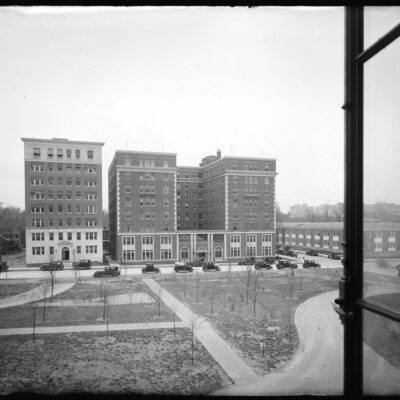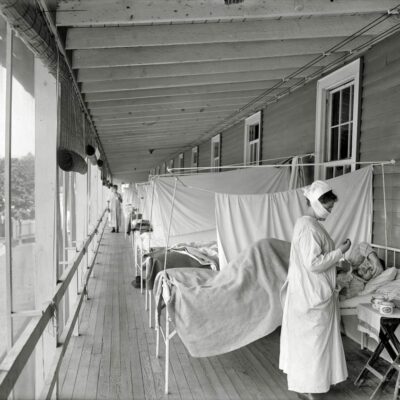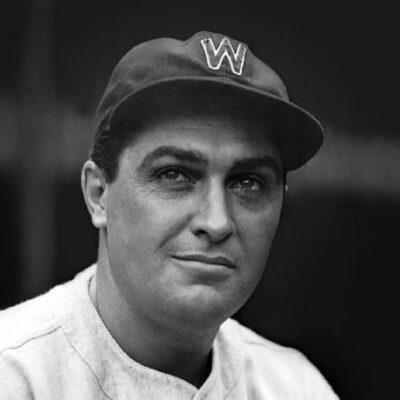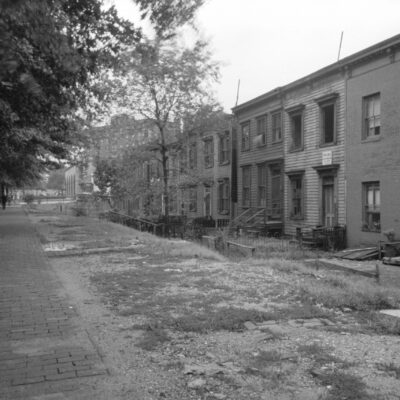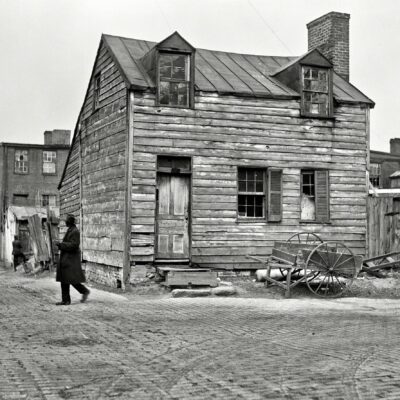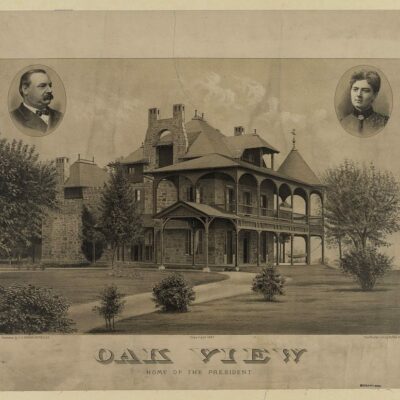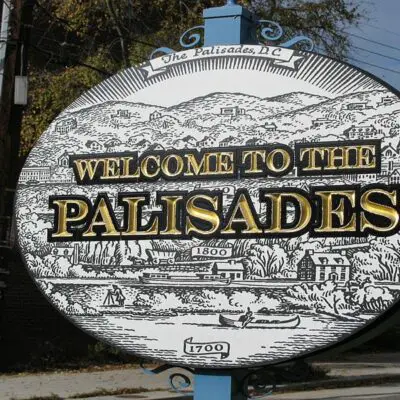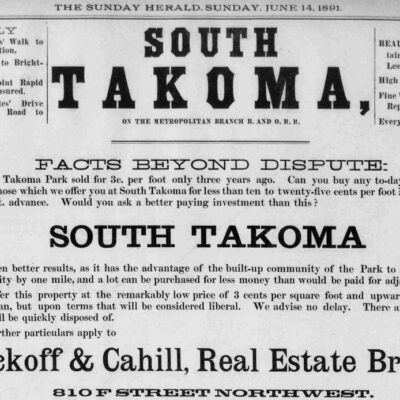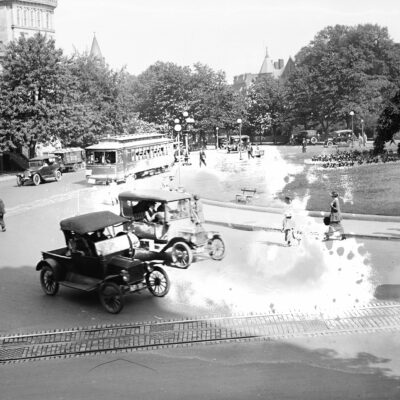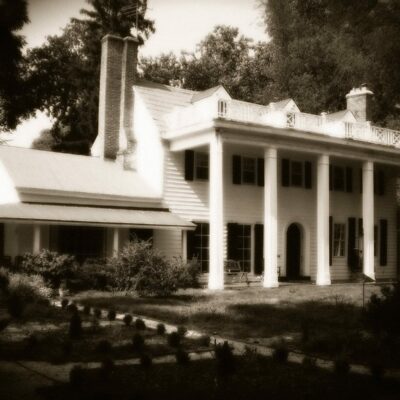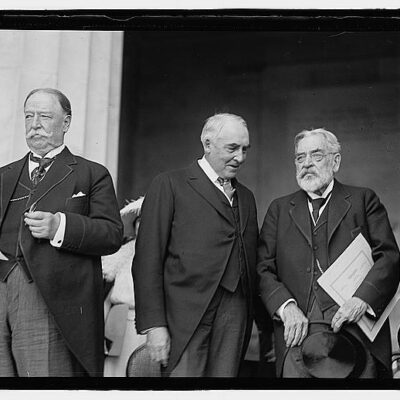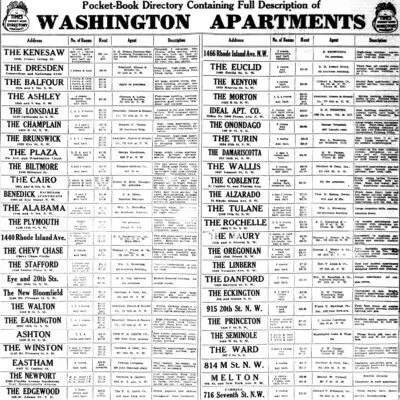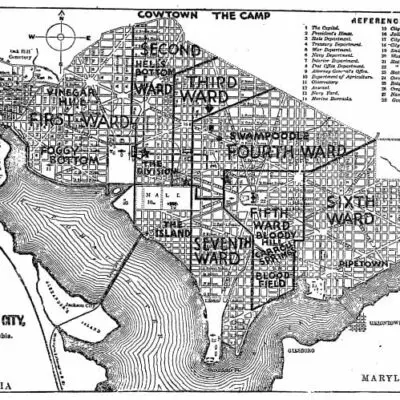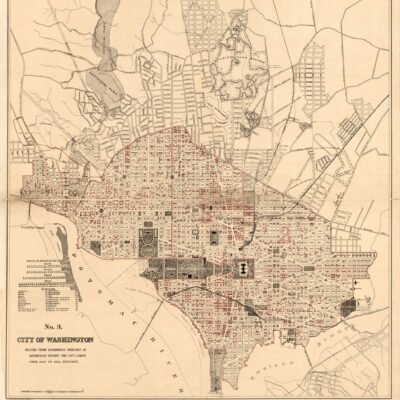Before the days of Booz Allen, Lockheed Martin, and Boeing, the term ‘Beltway Bandit’ was applied to the nefarious behavior of a common area criminal — a true bandit if you will. Application of the term to today’s military industrial complex wasn’t until the late 1970s.
Career criminal Joseph Francis Fearon of Fairfax was the original ring leader of the “Beltway Bandits” of the late 1960s, robbing neighborhood homes neighboring the then-new Capital Beltway (i.e., I-495 — read the Beltway’s history). Here’s an excerpt from The Washington Post in 1981 about Fearon being given a serious 38-year sentence after robbing a local resident at gunpoint.
Fearon gained notoriety in the late 1960s after police identified him as the alleged ringleader of a gang that authorities dubbed the “Beltway Bandits.” The group was said to have stolen $500,000 worth of goods and used the Capital Beltway to escape while traveling from suburb to suburb to burglarize homes.
Charged and convicted in Fairfax County in May 1968 for several burglaries, Fearon was ultimately sentenced to fie years in the Virginia State Penitentiary. He was later convicted of several other charges including one in Arlington in which he was found guilty of threatening to dynamite the home of a county detective in 1967.
For the threat to Det. Edmond Faulconer, he was fined $100 and sentenced to 90 days in Arlington County jail. Fearon’s lawyer, Thomas J. Harrigan claimed that the defendant made the comment in jest.
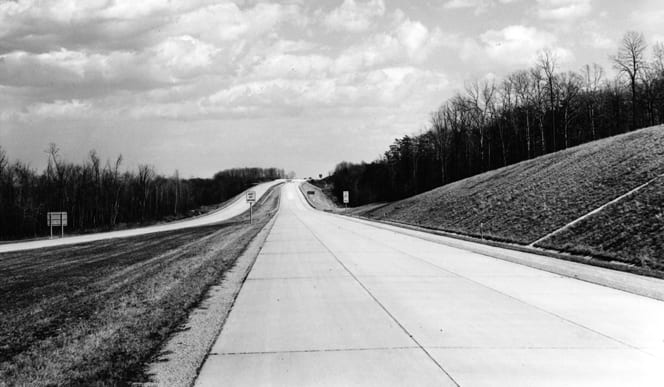
Evidently he was also at one point shot in a chase and standoff in Hillcrest Heights while he was running away from the FBI. Fearon was hanging out at the Prince George’s Motor Hotel at 3714 Branch Ave (which is now a CVS of course — see below) with an unidentified woman. Two undercover FBI agents were sitting in the lobby when the woman spotted them and tipped off Fearon. He fled across Branch Ave towards Iverson Mall and was shot while being pursued.

